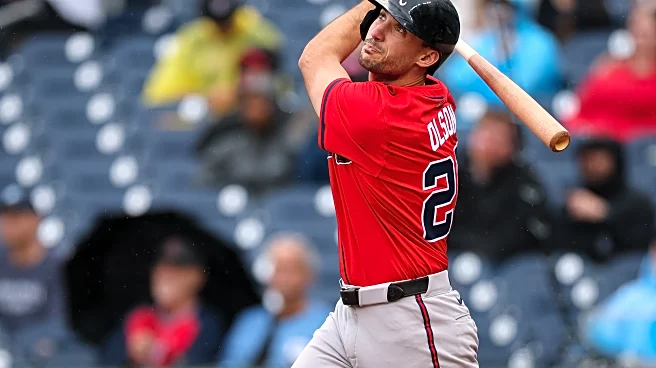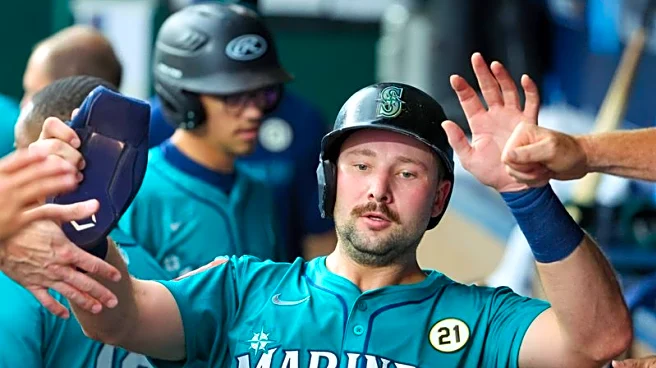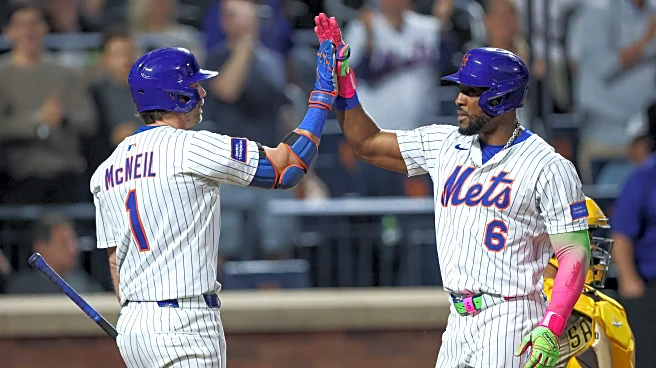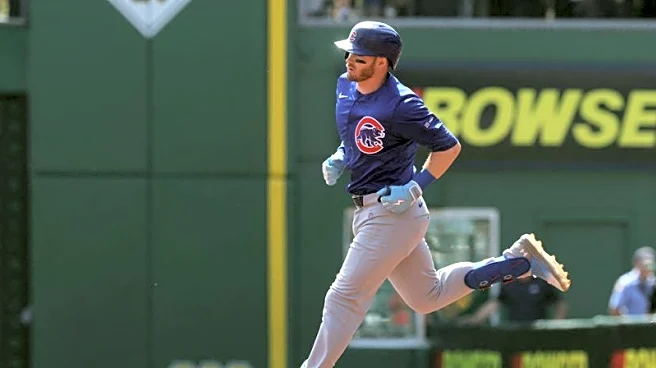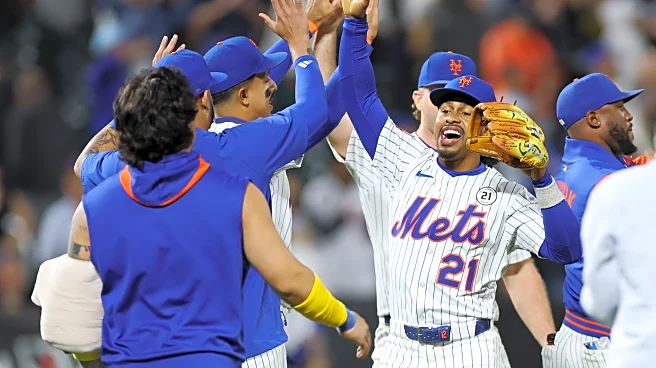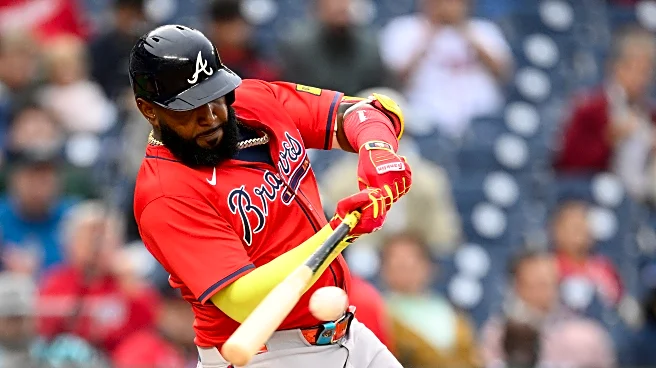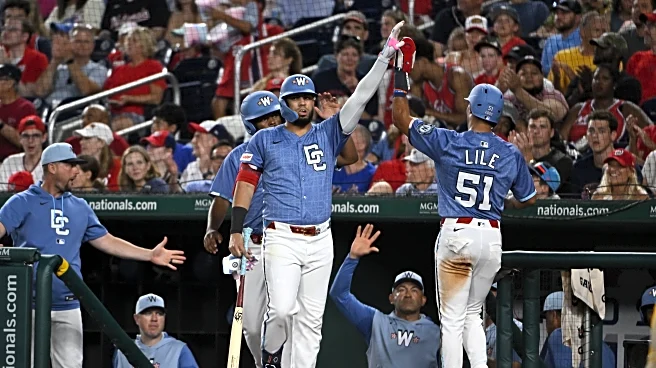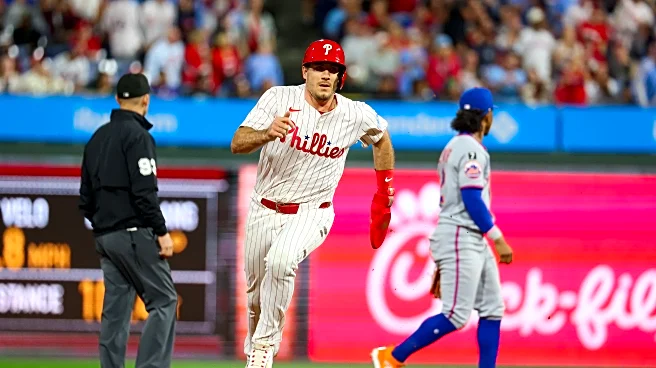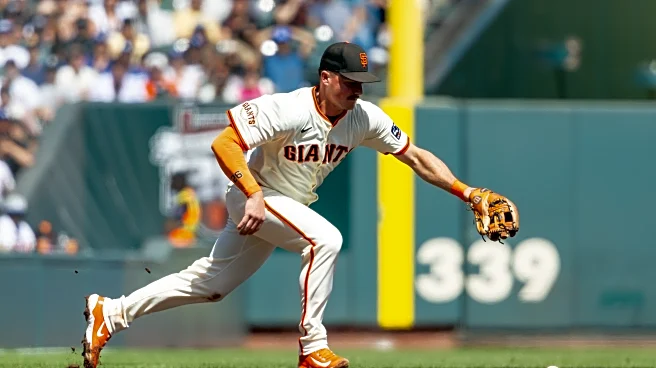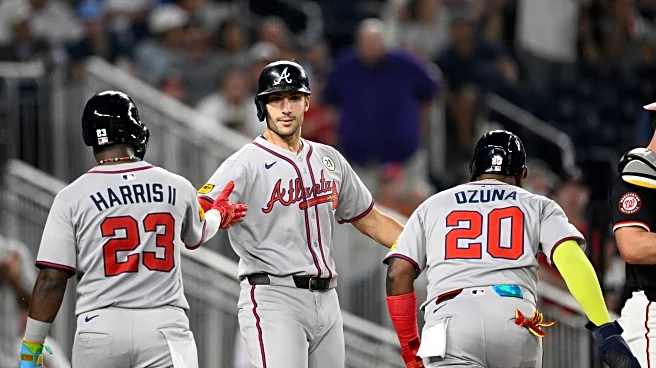Leaving aside that there are still a few games to go, and that ultimately none of these good starts amounted to much… let’s gesticulate about this in a vacuum for a moment, anyway.
This question was prompted by Hurston Waldrep’s efforts yesterday afternoon, which yielded, if not the best, then at least one of the best efforts from a Braves starter in 2025: five innings, an 8/0 K/BB ratio, and about 40 percent of the contact against him on the ground. With no homers, that’s good for a shiny -0.05 FIP
(1 FIP-) and 0.26 xFIP (8 xFIP-). Sure, he was “charged” with three runs, but I think at this point we’re beyond penalizing a guy for the foibles of the positioning and defensive play behind him, as well as whatever problems sequencing wants to create (Waldrep’s strand rate was just 40 percent in the outing).
So, let’s go through a bit systematically.
Here are the Braves’ best starts of 2025 by FIP, which is essentially “best starts by outcomes in terms of things that are solely within the pitcher’s control”:
- Spencer Strider, June 14, 4-1 win against the Rockies, 6 IP with a 13/1 K/BB ratio.
- Spencer Schwellenbach, May 31, 5-0 win against the Red Sox, 6 1/3 IP with an 11/0 K/BB ratio.
- Waldrep’s start from yesterday.
What about by xFIP, which is essentially “best pitching” without worrying about how HR/FB helps or hurts the pitcher in the start? Well, it’s the exact same three starts as above. So that’s boring.
Okay, what about by wOBA-against, which is absolutely not a way of measuring pitching quality, but we’re basically lumping pitcher and team defense together in a way that still ignores sequencing:
- Spencer Schwellenbach, April 4, 10-0 win over Marlins in the home opener, 10/0 K/BB ratio in 8 IP with just two hits allowed, both singles.
- Chris Sale, September 16, 5-0 win over Marlins in nightcap of doubleheader, 9/0 K/BB ratio in 8 IP with three hits allowed, all singles.
- Spencer Schwellenbach, March 29, 1-0 loss to the Padres, 4/1 K/BB ratio in 6 IP with a single hit allowed.
Let’s mix it up a bit. Let’s take defense and positioning out of the equation, keep leaving sequencing out, and focus on contact management via xwOBA-against. Technically, xwOBA is more driven by the batter than the pitcher, which is why it’s also not a great measure of pitching effectiveness, but may as well:
- Joey Wentz, July 19, .140 xwOBA-against in a 12-9 loss to the Yankees. This is a quick indicator of why xwOBA-against is… more of a curiosity on the pitching end than anything else. Wentz went 4 IP with a 2/1 K/BB ratio. He was perfect for three frames and then wiggled out of a little jam in the fourth. He left with a 1-0 lead that became a 5-0 lead after he got his final out, but the bullpen gave up a bazillion runs.
- Bryce Elder, June 7, .148 xwOBA-against in a 3-2 loss to the Giants. This came during that stretch that basically killed the Braves’ season as they lost a bunch of one-run games instead of even getting a booby prize win in any of them, and was the now-infamous Elder 12-strikeout game. Unfortunately, he gave up a solo homer as a blemish, and Matt Chapman hit a walkoff homer off Pierce Johnson.
- Spencer Schwellenbach, June 28, 6-1 win over the Phillies. Another great Schwellenbach game in which he had a 12/1 K/BB ratio over seven innings. The Braves scored early, Schwellenbach cruised, and Sean Murphy hit a grand slam late to put it away.
Lastly, if we do Game Score, which ignores all the prattle above and basically does your bog-standard 1990s-style color commentary slash fantasy sports generic scoring, we get:
- Schwellenbach’s homer opener game (April 4) from above.
- Sale’s September doubleheader game (September 16) from above.
- Elder’s 12-strikeout game on June 7.
So, nothing not covered elsewhere.
Anyway, what’s your take?

